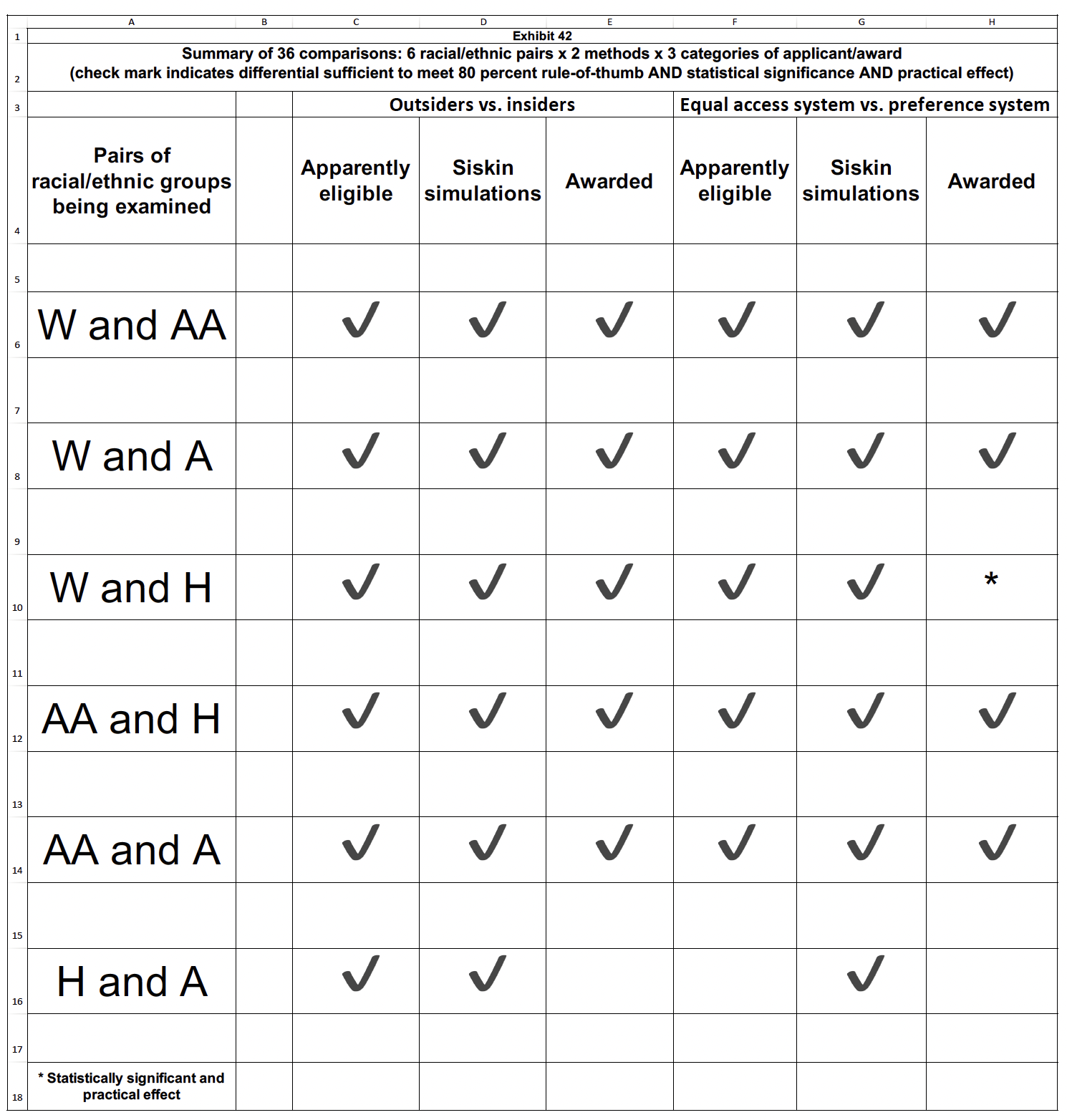NYC's outsider-restriction policy in affordable housing lotteries sharply curbed in landmark resolution of long-litigated fair housing case
January 22, 2024 — In a Stipulation and Order (“S&O”) signed today by the Hon. Laura Taylor Swain, Chief Judge of the United States District Court for the Southern District of New York, New York City’s longstanding outsider-restriction policy in affordable housing lotteries (more widely known by the innocuous sounding euphemism “community preference”) has been sharply restricted.
Read the S&O (signature pages and exhibits omitted).
Read the remarks of ADC’s executive director at January 22nd press conference (next page).
Read an unofficial transcript of January 29th FAQNYC podcast with Harry Siegel interviewing ADC’s executive director (page 3).
Key elements of the S&O include:
(1) Coverage of both HPD and HDC (Housing Development Corporation) lotteries (¶ 2);
(2) Broad definition of “Local Geographic Preference” so that, whenever the City deviates from Citywide equal-access (at whatever level of geography and for whatever rationale), it has to use its Local Geographic Preference budget (¶ 3).
(3) Cap on units give Local Geographic Preference initially capped at 20 percent (down from 50 percent); cap lowers still further to 15 percent cdommencing May 2029 and continuing permanently thereafter (¶ 4).
(4) Inclusion of anti-segregation principles (¶ 12 and 13). With the former, ¶ 12, the City goes on record as disclaiming the longstanding, segregation-friendly New York politics of some neighborhoods belonging to some New Yorkers and not to others. It will be cldar to every prospective applicant that “New York City is committed to the principle of inclusivity in all of its neighborhoods, including supporting New Yorkers to reside in neighborhoods of their choice, regardless of their neighborhood of origin and regardless of the neighborhood into which they want to move.” With the latter, the parties agree that “for decades, suburban counties in the New York metropolitan area, as well as many of the municipalities therein, have not produced sufficient housing to meet regional affordable housing needs, which in turn has exacerbated the City of New York’s housing affordability crisis and reduced opportunities for residential mobility.” It is included in the section on Anti-Segregation Principles because that failure has perpetuated and continues to perpetuate deep residential segregation. If there is the political will, there are clear and effective responses both by following a legislative route and by following the route of fair housing litigation backed by the City and State.
(5) The justifications that the City interposed in the lawsuit? None may be used, in whole or in part, to support any future application to modify the S&O (¶ 20).
From Professor Beveridge’s most recent declaration (Dec. 11, 2023): Perpetuation of segregation however you look at it.
30. In paragraph 4, above, I described the 36 different comparisons that are made when considering the six racial pairs, in three types of settings (apparently eligible, simulation, and actual awards), using two different methods (insider versus outsider, for one, and whole system with preference versus whole system without preference, for the other).
31. Exhibit 42 summarizes the results. In 32 of 36 cases, no-preference (equal access) was materially more desegregating than the with-preference alternative. The differences in each of those 32 cases were sufficient to satisfy the 80 percent rule-of-thumb, have statistical significance, and have practical effect.
32. A subset of those 36 comparisons were the 18 comparisons that involved African Americans (African American and White; African American and Hispanic; and African American and Asian). In all 18 of those cases, the greater desegregation of not having preference (expressed differently, the lesser desegregation of having preference) was sufficient to satisfy the 80 percent rule-of-thumb, have statistical significance, and have practical effect.
33. As a final note, the summary in Exhibit 42 highlights an important point: the results in different settings and by different methods are powerfully confirmatory of one another.

Continue to next page to read remarks of ADC’s executive director at a January 22, 2024 press conference.
